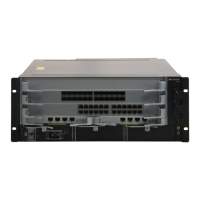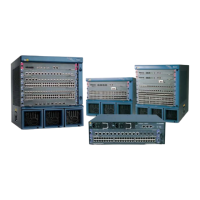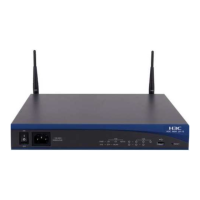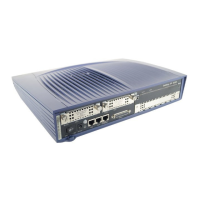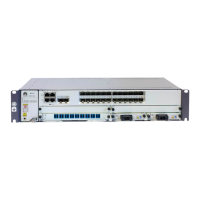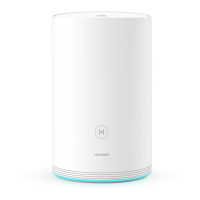Context
When link performance deteriorates, set the alarm thresholds on POS interfaces to learn link
status.
The SD alarm indicates that signal deteriorates and SF indicates a signal failure. The SF alarm
is severer than the SD alarm. The SD or SF alarm is generated when the receiver detects a B2
error. The bit error rates that trigger the SF alarm and SD alarm are different. When a few bit
errors occur, an SD alarm is generated; when the number of bit errors increases to the certain
limit, an SF alarm is generated, indicating that the link quality deteriorates.
Procedure
Step 1 Run:
system-view
The system view is displayed.
Step 2 Run:
interface pos interface-number
The POS interface view is displayed.
Step 3 Run:
threshold { sd | sf } value
The alarm thresholds are set on the POS interface.
The default SD alarm threshold is 6 and the default SF alarm threshold is 3.
----End
1.3.10 Checking the Configuration
After configuring POS interfaces, you can view the configuration and status of POS interfaces.
Prerequisite
The configurations of the POS interfaces are complete.
Procedure
l Run the display interface pos [ interface-number ] command to check the configuration
and status of the POS interface.
l Run the display interface brief command to check brief information about the POS
interface.
----End
Example
After running the display interface brief command, you can check brief information about the
physical status, link layer protocol status, bandwidth utilization, and number of incorrect packets
of the POS interface. The display of the command is as follows:
<Quidway> display interface brief | include Pos
*down: administratively down
^down: standby
Quidway S9300 Terabit Routing Switch
Configuration Guide - WAN Access 1 POS Interface Configuration
Issue 02 (2011-07-15) Huawei Proprietary and Confidential
Copyright © Huawei Technologies Co., Ltd.
11

